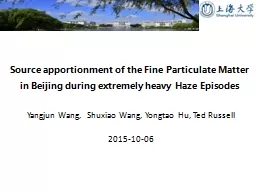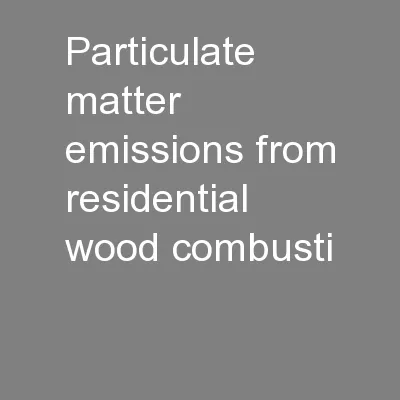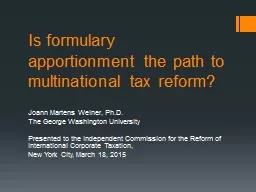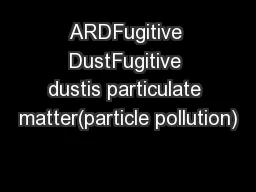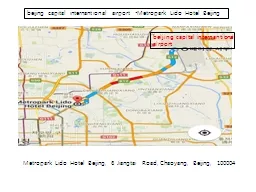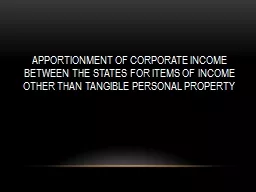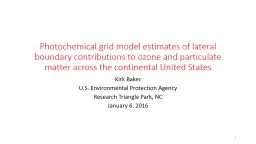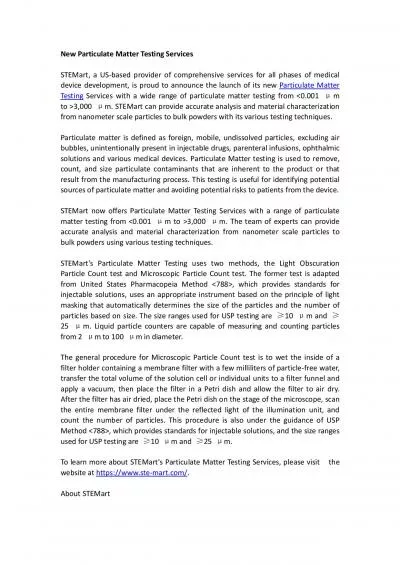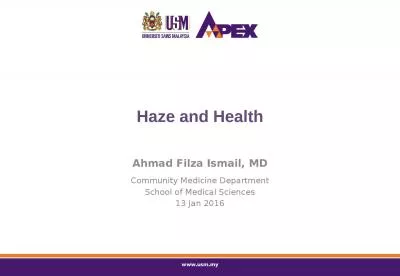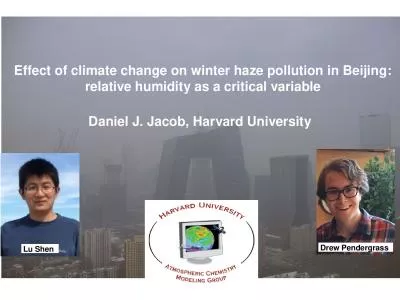PPT-Source apportionment of the Fine Particulate Matter in Beijing during extremely heavy
Author : tatyana-admore | Published Date : 2019-02-02
Yangjun Wang Shuxiao Wang Yongtao Hu Ted Russell 20151006 Beijing on Jan 23 2013 Simulation System WRFV34CAMx54 Mechanism Land surface mechanism PLX
Presentation Embed Code
Download Presentation
Download Presentation The PPT/PDF document "Source apportionment of the Fine Particu..." is the property of its rightful owner. Permission is granted to download and print the materials on this website for personal, non-commercial use only, and to display it on your personal computer provided you do not modify the materials and that you retain all copyright notices contained in the materials. By downloading content from our website, you accept the terms of this agreement.
Source apportionment of the Fine Particulate Matter in Beijing during extremely heavy: Transcript
Download Rules Of Document
"Source apportionment of the Fine Particulate Matter in Beijing during extremely heavy"The content belongs to its owner. You may download and print it for personal use, without modification, and keep all copyright notices. By downloading, you agree to these terms.
Related Documents

